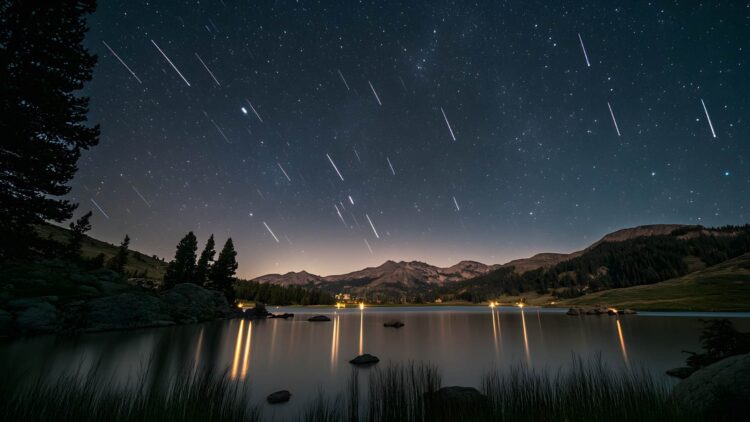While meteor showers are not exactly rare, they are not common either, and they are quite beautiful cosmological events that are worth stopping our busy lives to look at. Luckily for us, we are about to witness two meteor showers in almost rapid succession which will be highly visible. Well, at least as long as the sky is clear.
The first meteor shower that we will be able to witness is the Lyrid meteor shower, which will start on April 17 and will be visible until April 26, with the peak viewing nights being April 21 to 22. This shower will be highly visible from the northern hemisphere, so those who are interested better start planning a night to go and appreciate this phenomenon.
The second meteor shower will be more visible from the southern hemisphere, which means that hopefully no one will feel left out from seeing beautiful asteroids. Known as Eta Aquariids this one will last a lot longer than the Lyrid meteor shower, as it will start on April 20 and finish up on May 21, with the best viewing days being May 2 to 3.
The best thing about these events is that, unlike eclipses or other space related viewings they do not require any special equipment and can be witnessed from almost anywhere that has low light and a fairly open view of the sky. Since they are best seen at night the darker it is, getting out of a major metropolitan area might be the best way to fully enjoy them, but it might not even be necessary if light contamination is low enough to see stars.
Why do these meteor showers occur?
Well, as Earth is in constant movement and so is everything in our galaxy, every once in a while, the planet crosses paths with a cloud of debris left behind by an asteroid or comet as it travels its own path around the Sun. These pieces are usually not large enough to cause any damage as we collide with them, they just burn when they hit Earth’s atmosphere, leaving the trail that we can then see as the burning remains fall to the ground. By the time they hit the ground they are small enough to just disappear into nothing.
Since every year the path we take around the world is the same and so is that of the asteroids and comets (with small variations in time that account for the extra day in our calendar every four years), we can see the same showers every year roughly on the same dates which makes it easy to anticipate them and plan to enjoy them.
The Lyrid meteor shower comes from debris left behind by Comet C/1861 G1 (Thatcher), which is estimated to complete an orbit around the Sun roughly every 422 years. These meteors seemingly radiates from the area near the constellation Lyra, which is what gave the shower its name. Because Lyra is positioned high in the northern sky during the shower, visibility of the Lyrids is limited in the southern hemisphere.
The Eta Aquariid shower tends to peak in early May and is known for its swift, bright meteors that often leave glowing trails for which the best viewing is typically just before dawn, when Aquarius rises higher in the sky. Because of the shallow angle at which the meteors enter the Earth’s atmosphere, many of them create long, continuos streaks. Though Halley’s Comet will not return until 2061, its remains continue to deliver this annual light show for all viwers around the world.
Although the northern hemisphere will not see as many meteors during this shower, up to 20 meteors per hour maximum, those who wish to enjoy it should still take the chance to look up on peak dates just in case.

